
It’s been a busy year for DJI. Not content with being the drone brand to beat, it landed four new consumer flying machines on the market in 2024. DJI also gave us its latest action camera, two wireless microphones for creators and a host of accessories. We even got an unexpected e-bike collaboration.
That’s a seriously diverse set of products to launch in a single year. Generally speaking, DJI didn’t compromise on quality either: the Osmo Action 5 Pro is one of the best action cameras you can buy, while the DJI Mini 4 Pro takes the top spot in our list of the best drones, followed closely by the Air 3S and Avata 2. We awarded the DJI Mic 2 five stars in our review, too.
It’s rare to see such quality and variety from a manufacturer over a 12-month period, with no major misses to speak of. That’s one of the main reasons we named DJI as Camera Brand of the Year in our Choice Awards 2024, even as clouds form in 2025 ahead of a potential DJI drone ban in the US.
Want a run-down of those wins? In this annual review, we’ve rounded up everything DJI got right in 2024 – and looked ahead to what it’s got in store for 2025.
DJI drones in 2024
DJI Avata 2: FPV made better
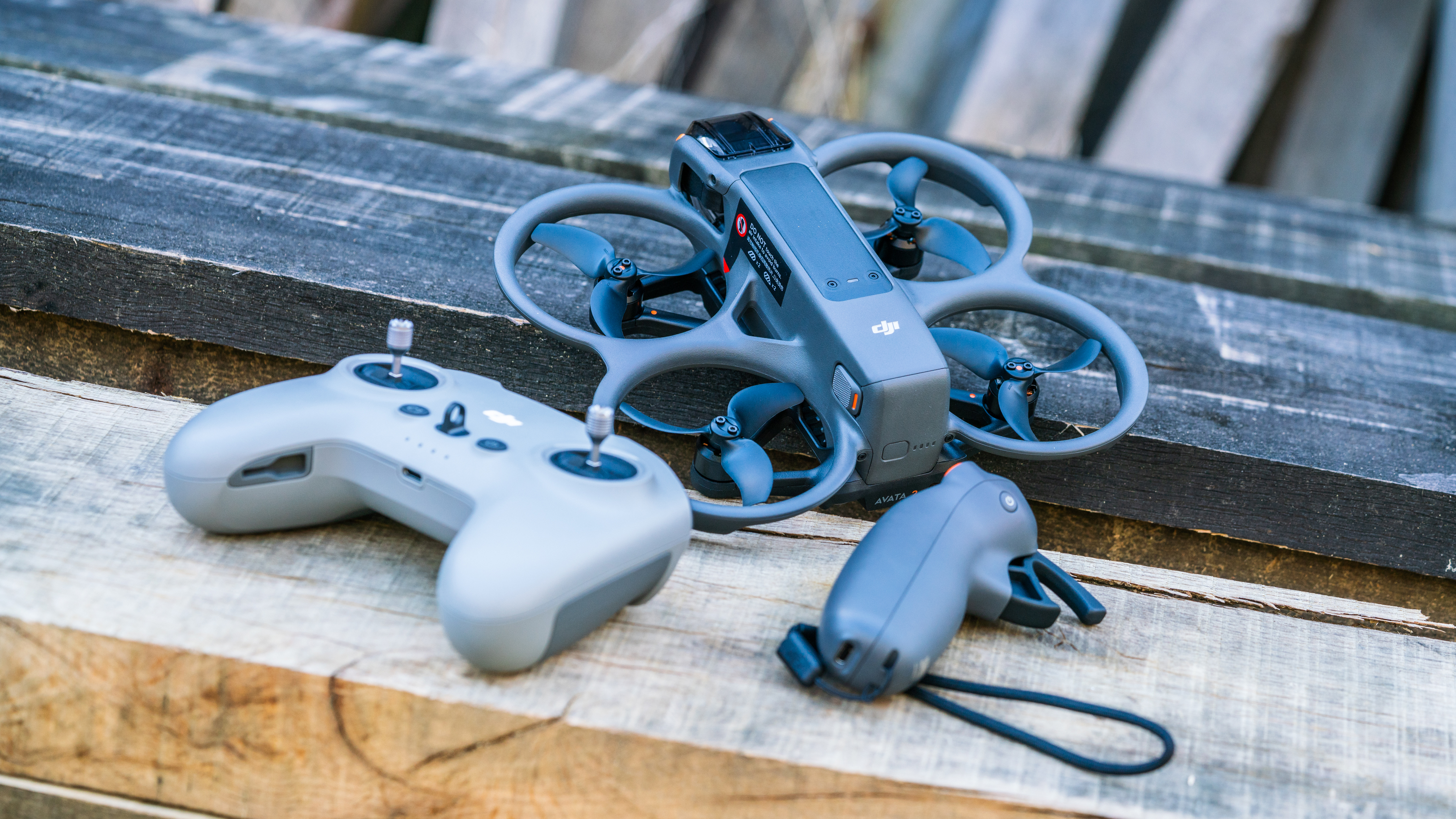
The Avata 2 landed in 2024 as a successor to the original Avata, instantly becoming our favorite FPV drone. It impressed us during testing with both its versatility and accessibility: ready to fly right out of the box, features such as automatic takeoff and obstacle avoidance sensors mean that pretty much anyone can experience the thrill of first-person flight.
Seasoned pilots can exploit the Avata 2’s full performance by choosing to disable some or all of these features, although we did note in our four-star review that handling could be awkward in manual mode. Still, thanks to its impressive image quality and an immersive user experience, we rate the Avata as a hit.
- Read our in-depth DJI Avata 2 review
DJI Mini 4 Pro: Our new favorite folding drone
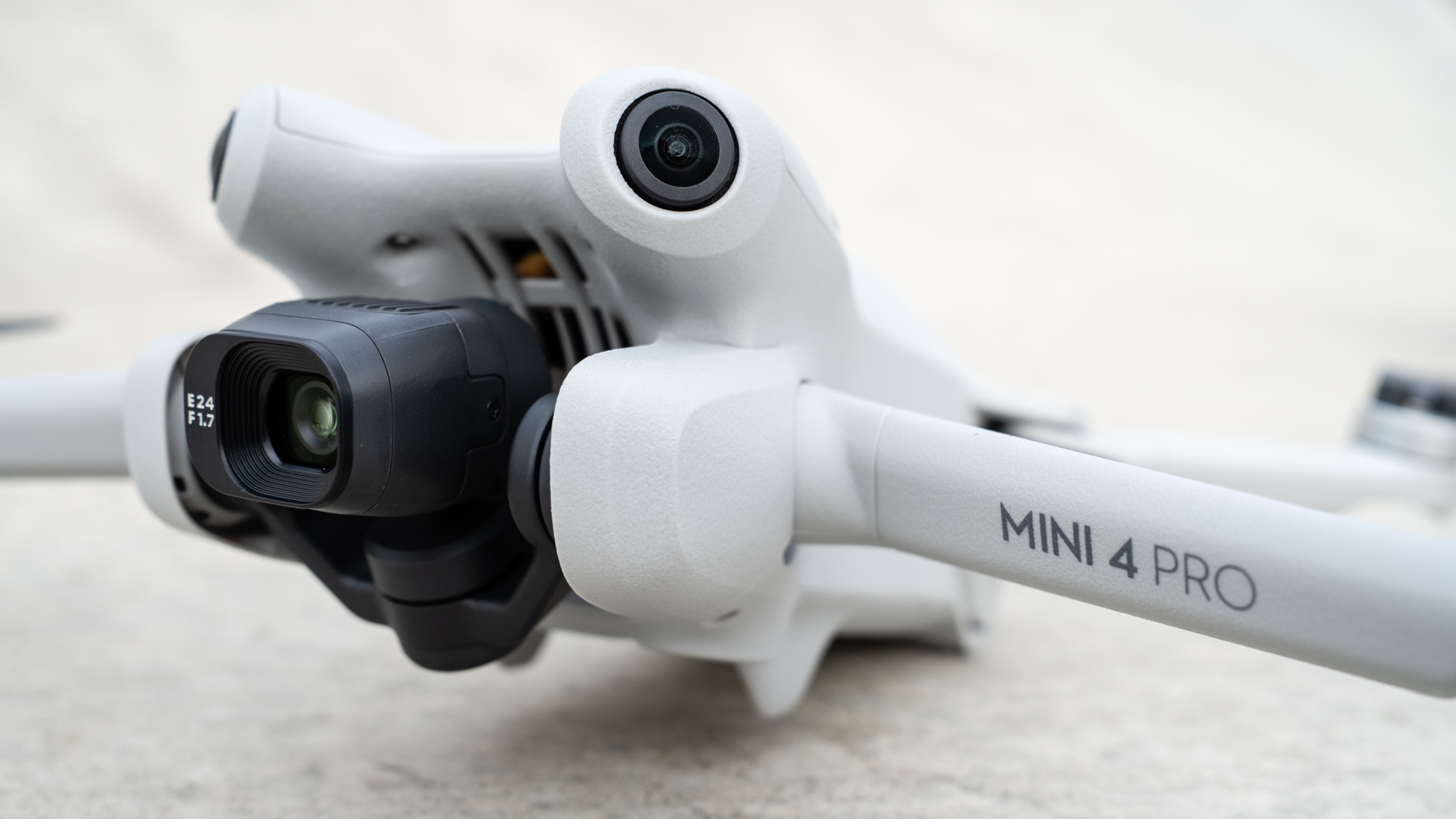
Not just our favorite DJI drone, the DJI Mini 4 Pro is our pick of the best drones overall. In fact, we even named it Best Drone in our Choice Awards 2024. An evolution of the Mini 3 Pro, we rate it as the best sub-250g model ever made. Its specs tell part of the story, with 4K video at up to 100fps and support for DJI’s D-Log M color profile.
But the real improvements can be found in the top-tier safety features, the kind of which are usually reserved for premium models. That includes omni-directional obstacle avoidance and an extended transmission range of up to 20km, all in a featherweight package which is straightforward to fly.
Yet it may not be top dog for long, with new DJI Mini 5 and Flip models rumored for 2025.
- Read our in-depth DJI Mini 4 Pro review
DJI Air 3S: A top choice for enthusiasts
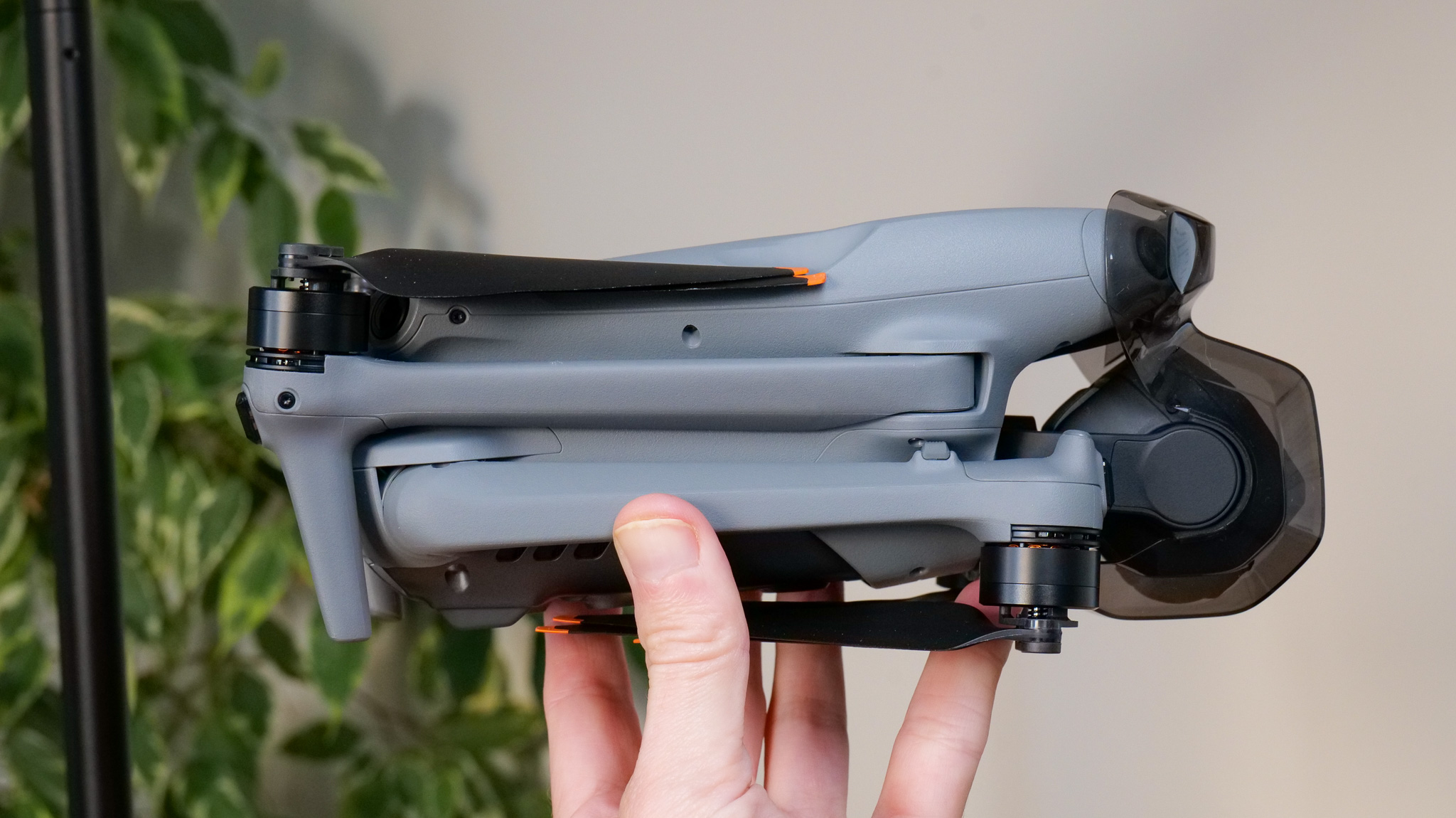
We already rated the DJI Air 3 as a compelling choice for enthusiast flyers. The Air 3S landed as an upgrade in 2024, albeit not one that changed too much. In our review, we commended its superb battery life and simple flight controls, as well as the all-round performance of its multi-camera setup.
Improvements included a larger sensor on the wide-angle camera, which yielded better quality in low lighting, plus front-facing LiDAR sensors for better obstacle avoidance after dark. If you already own the DJI Air 3, it’s not the most exciting new drone of the year. But if you want a capable mid-range model, it’s where we’d look first.
- Read our in-depth DJI Air 3S review
DJI Mini 4K: affordable 4K flying
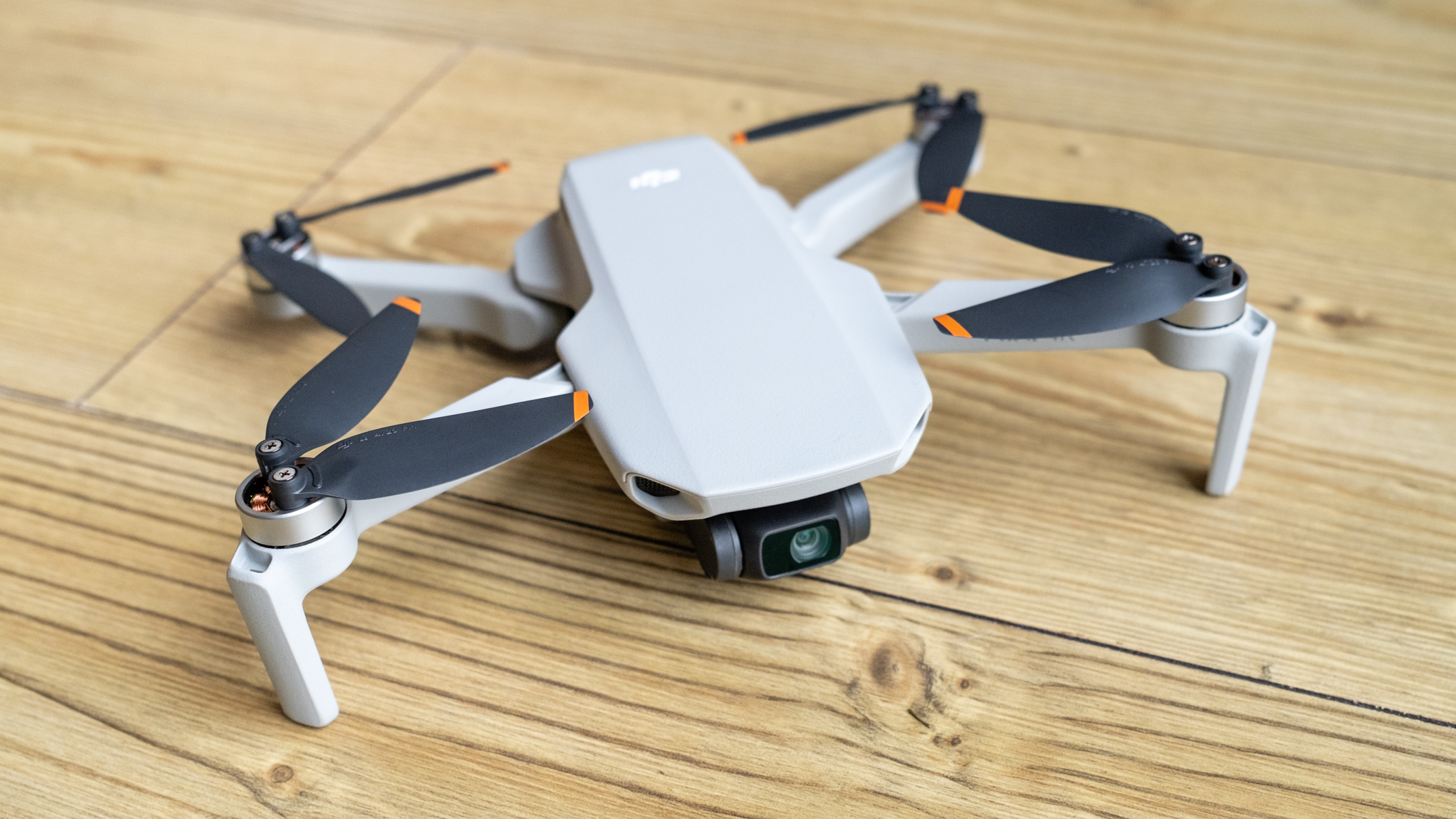
An upgrade to the Mini 2 SE, we think the DJI Mini 4K is now the best entry-level drone for beginners. It boosts video quality to 4K and unlocks 2x digital zoom, while keeping everything else the same. That means you’re still getting a 3-axis gimbal, solid wind resistance and flight times of up to 31 minutes – plus plenty of user-friendly flight modes via the DJI Fly app.
It’s also DJI’s cheapest Mini-series drone, which means it’s fantastic value for learners who are just getting off the ground. You don’t get luxuries such as object avoidance sensors or the latest subject tracking. But for many people, the Mini 4K will be more exciting than DJI’s flagship drones, simply because of how accessible it is: just $299 / £269 for the base kit.
- Read our in-depth DJI Mini 4K review
DJI Neo: FPV for beginners
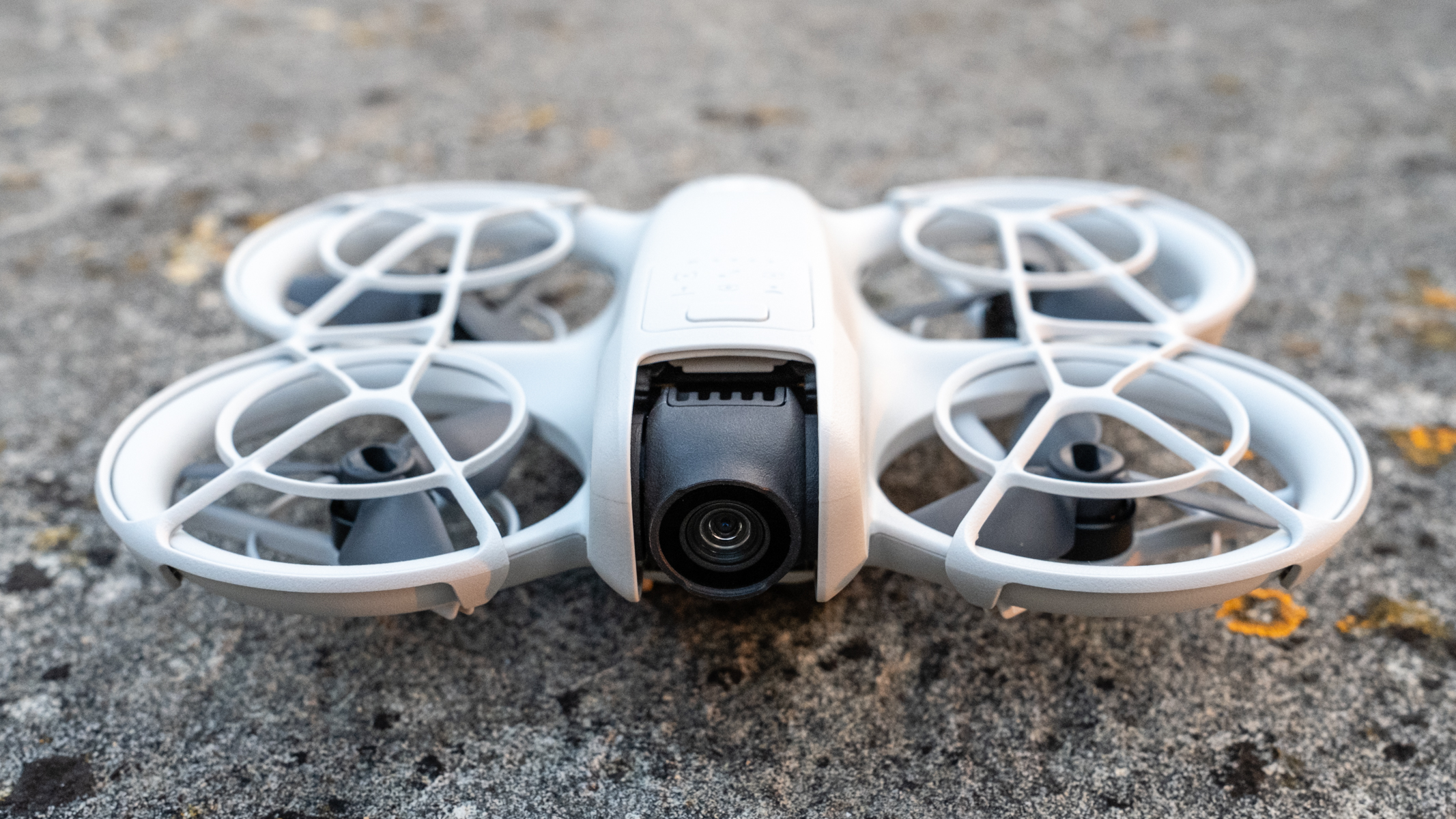
A miniature FPV drone with enclosed propellers, the DJI Neo is more than just a shrunken-down Avata 2. Lightweight and tiny, it landed on the scales in 2024 at just 135g – yet it also comes equipped with autonomous flight modes and AI subject tracking. We found it incredibly easy to operate in our tests, making it a top choice for first-time FPV flyers.
More experienced pilots won’t be impressed by its single-axis gimbal stabilization or limited flight speeds, but we still think the Neo is an exciting concept. Priced at just $199 / £169 / AU$299 for the base kit, it’s DJI’s cheapest 4K drone. With the option of controller-free flight via the app, it makes the fun of FPV much more accessible.
- Read our in-depth DJI Neo review
DJI action cameras in 2024
DJI Osmo Action 5 Pro: a winning sequel
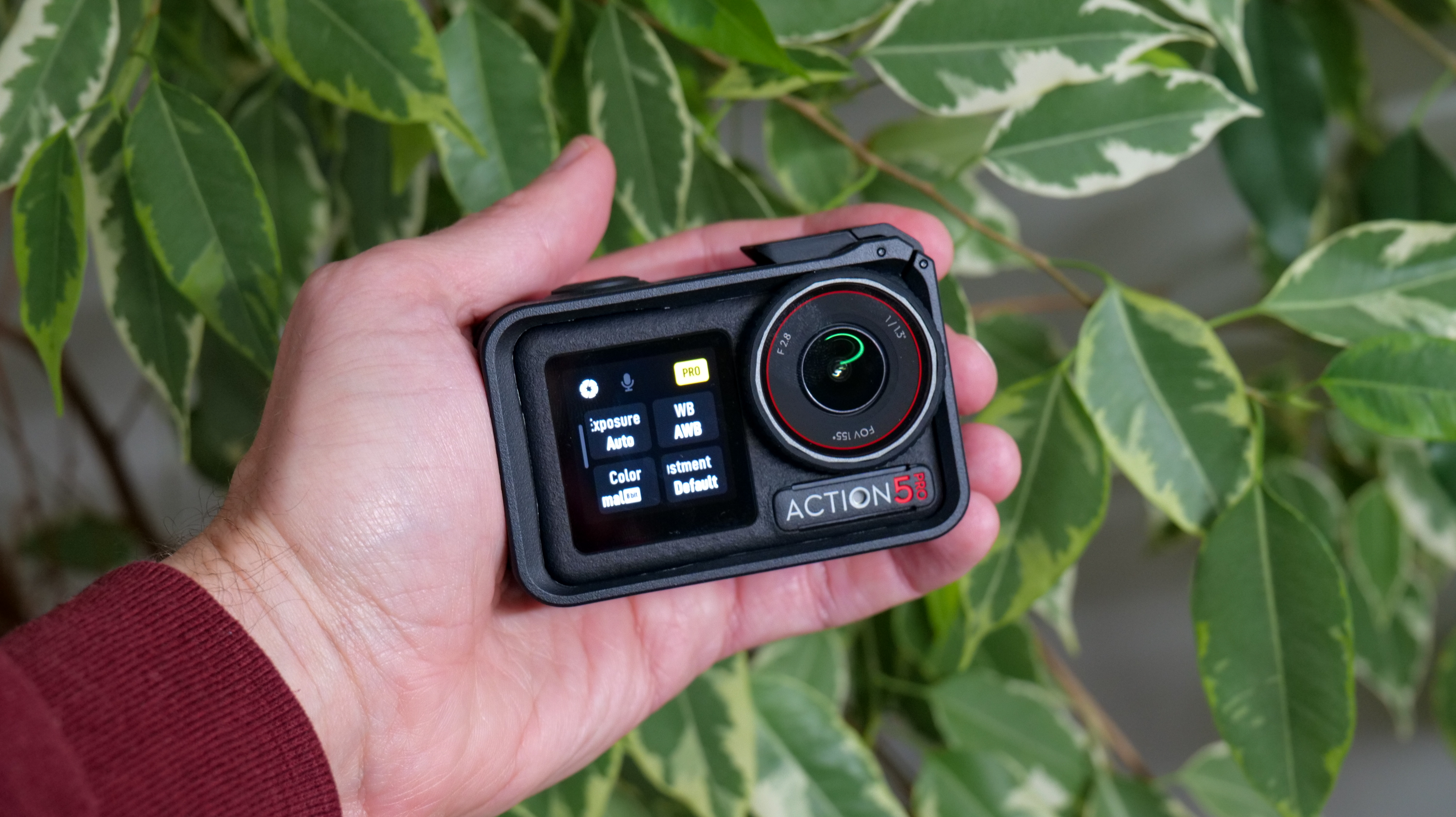
DJI’s Osmo Action series has firmly established itself as a big rival to GoPro’s Hero line of action cameras. That reached a climax in 2024 with the arrival of the DJI Osmo Action 5 Pro, which beat both the GoPro Hero 13 Black and Insta 360 X4 to claim the title of Best Action Camera in our Choice Awards.
The reasons for that are several: improving on the Osmo Action 4 in almost every way, it boasts a pair OLED displays, class-leading battery life and a 20m waterproof rating without a case. Peak video resolution of 4K is beaten by the top GoPro, but strong dynamic range and a useful SuperNight mode make it a capable all-rounder.
Factor in slick compatibility with the DJI Mic 2 (see below) for quality audio and we think the Osmo Action 5 Pro is easily one of DJI's biggest wins of the year.
- Read our in-depth DJI Osmo Action 5 Pro review
DJI microphones in 2024
DJI Mic 2: improved vocal recording
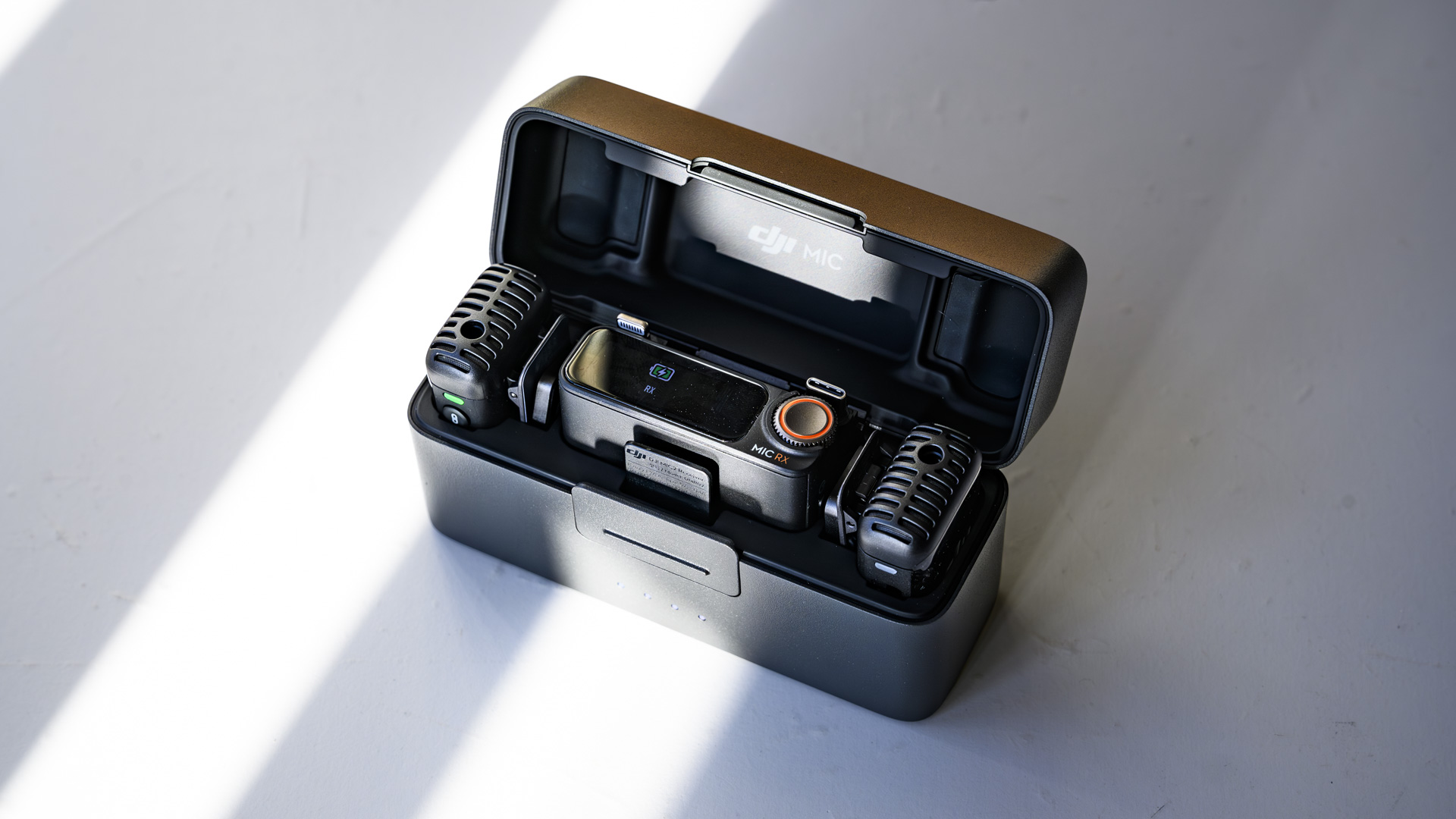
When it comes to creating quality content, audio matters just as much as video. The DJI Mic was already one of our top picks for capturing reliable sound on the go. Its second-gen successor arrived early this year and brought significant upgrades. Those included 32-bit float audio which allows you to recover vocals at pretty much any volume, as well as AI-powered intelligent noise reduction.
Bought as a kit including two transmitters and one receiver, the DJI Mic 2 is yours for $349 / £309. Shipped in a charging case, it’s all automatically paired – one of many ways that the Mic 2 makes it easy for anyone to record better audio. Together with its pro-level features, that’s why we named it the Best Camera Accessory of 2024.
- Read our in-depth DJI Mic 2 review
DJI Mic Mini: better mobile audio
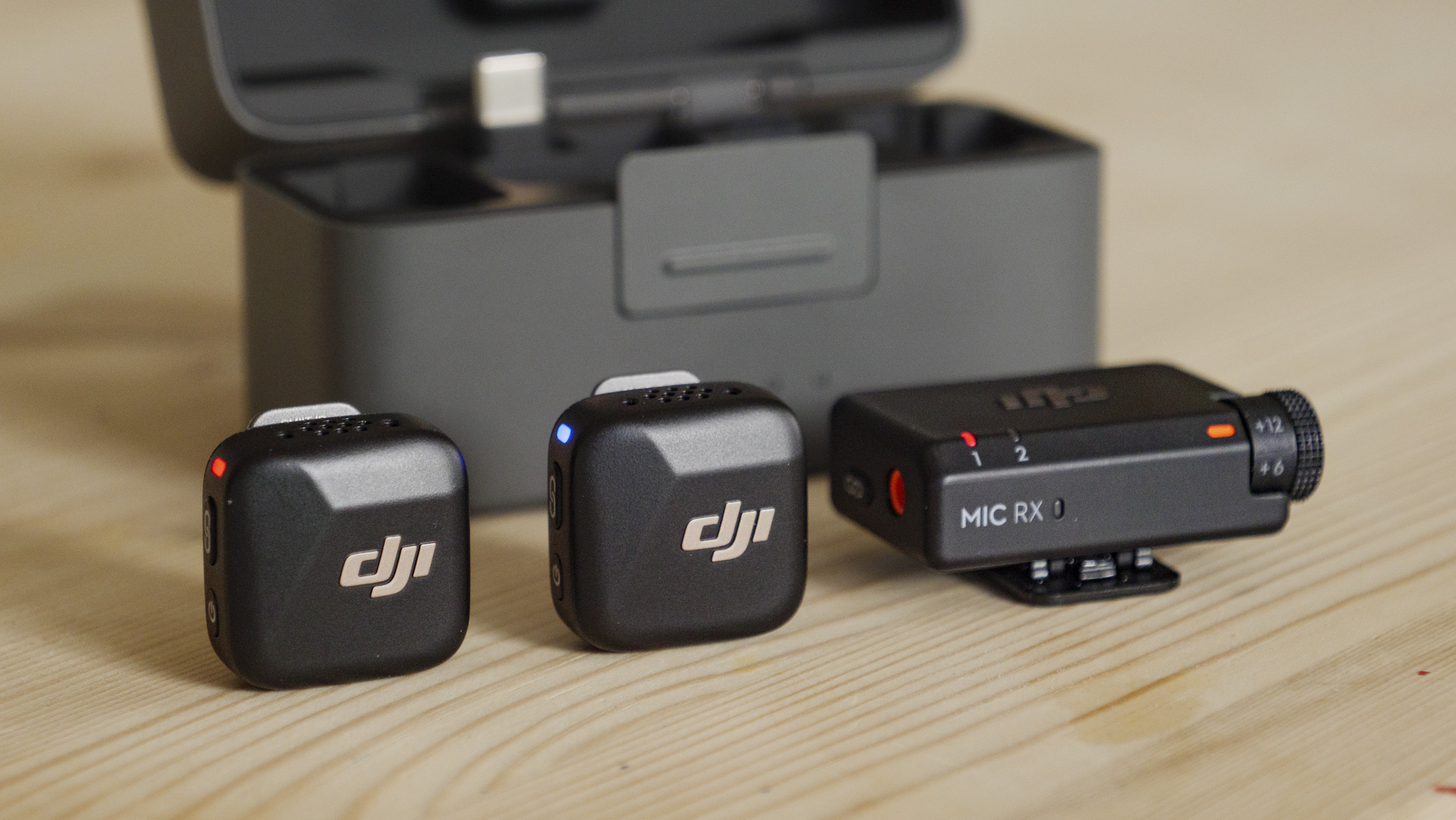
Half the size of the Mic 2, the Mic Mini joined DJI’s accessory line-up late in 2024. A smaller, simpler and more affordable solution for recording quality audio wherever you’re shooting, the Mic Mini is pitched at content creators who mainly shoot with a smartphone. While the Mic 2 might offer more for professionals, the Mic Mini can’t be beaten for overall value and ease of use.
Tiny at 10g apiece, the two-mic system attaches by clip or magnet, and pairs seamlessly with your mobile via Bluetooth. A rival to the Rode Wireless Micro, it’s made more versatile by the option to use it with a camera thanks to the 3.5mm jack.
Our review found audio quality to be fantastic, even in noisy environments. Priced at a reasonable $169 / £145 / AU$245 for the complete kit, we predict that the Mic Mini will be a big seller for DJI.
- Read our in-depth DJI Mic Mini review
DJI accessories in 2024
DJI Goggles 3 and N3: eyes on the prize
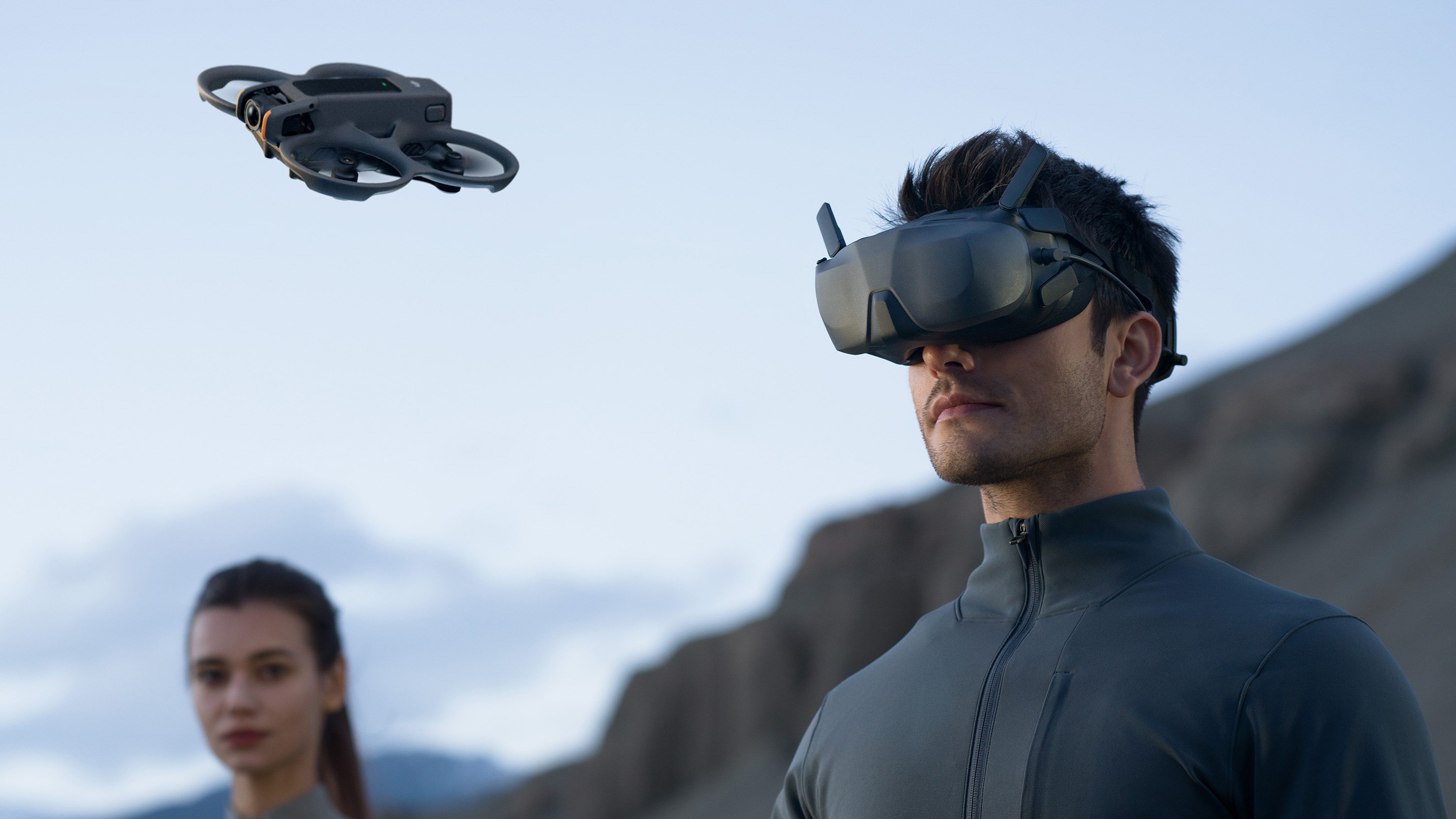
DJI gave us two new FPV headsets in 2024. The Goggles 3, launched with the Avata 2, are equipped with dual 1080p Micro-OLED displays and support for next-gen O4 video transmission. In our tests, that translated into “unparalleled image quality” and “the most immersive FPV experience available”. We also found the goggles comfortably light, compact and ergonomic.
More recently, we got the Goggles N3 – DJI’s cheapest ever FPV goggles. Less than half the price of the DJI Goggles 3, they’re designed to pair with the DJI Neo to make an affordable FPV package for novices. You can buy them standalone for $229 / £229 / AU$359, or bundled in with the DJI Neo Motion Fly More Combo for $449 / £449 / AU$839.
You get an LCD display inside instead of Micro-OLED screens, but despite the reduced price, the Goggles N3 still support O4 video transmission. That makes them a very compelling addition to the line-up. We’d argue that their affordability makes them an even bigger hit for DJI than the full-fat Goggles 3.
DJI controllers: refined flying
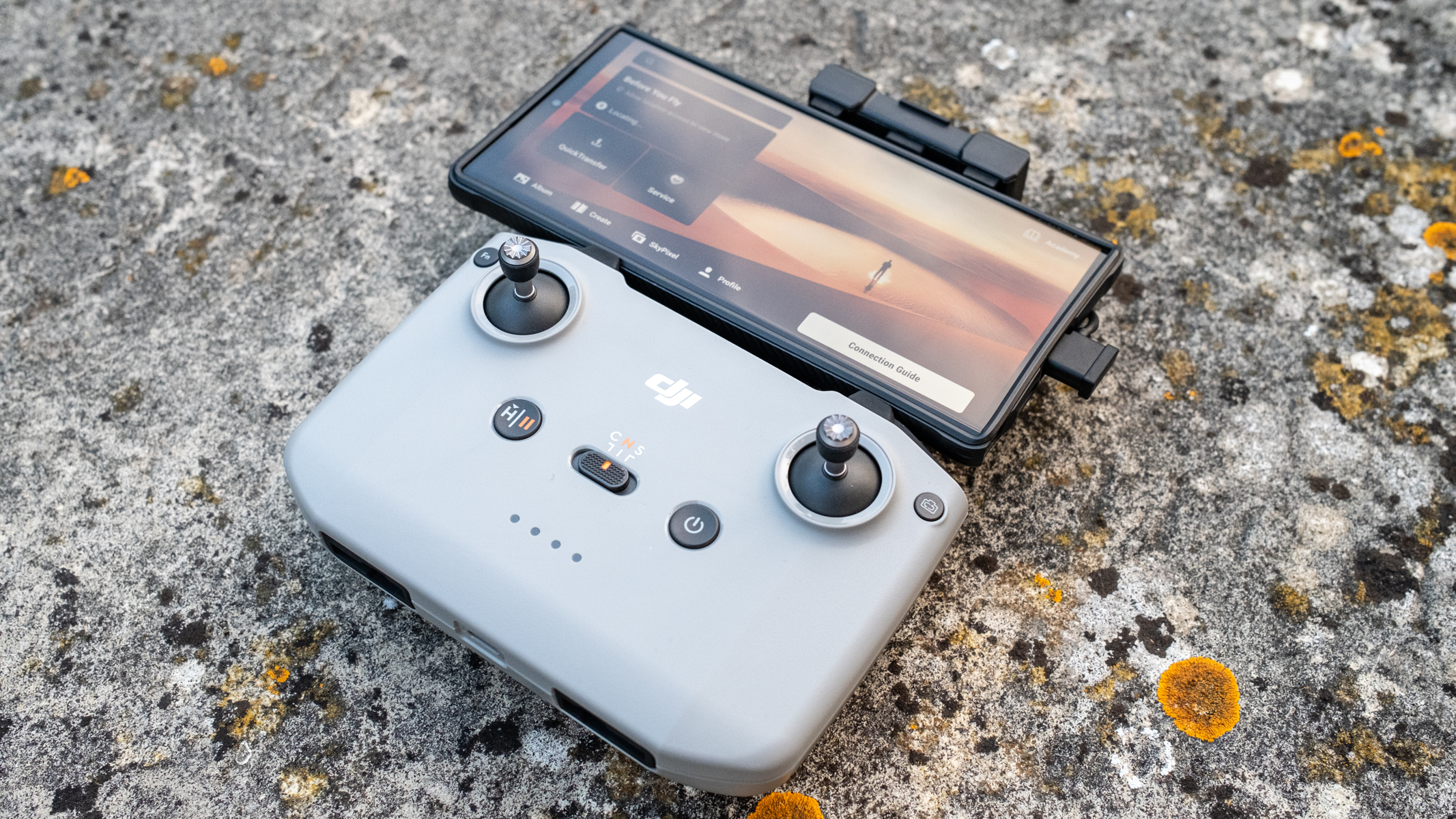
With the release of the Avata 2 came new ways to control DJI’s flying machines. The RC Motion 3 gives you upgraded one-handed joystick control when you’ve got goggles on. Tested with the Avata 2, we found it an intuitive way to pilot the FPV drone. We reckon it’s better for novices than DJI’s gaming-style controllers, which give more experienced users granular manual control.
Speaking of gaming controllers, DJI also launched the DJI FPV Remote Controller 3 this year. Almost identical to the Remote Controller 2, it features integrated antennae and is optimized for the low-latency O4 video transmission system used by the Avata 2. In our review, we actually found that its ergonomics aren’t the best for flying in manual mode.
Then we got the RC-N3, launched with the DJI Neo and designed to be used with your smartphone mounted to the top. None of these are groundbreaking releases from DJI, but all three signify the manufacturer’s continued commitment to refining the ways in which fans can fly its drones.
DJI power stations: ideal for hardcore drone users
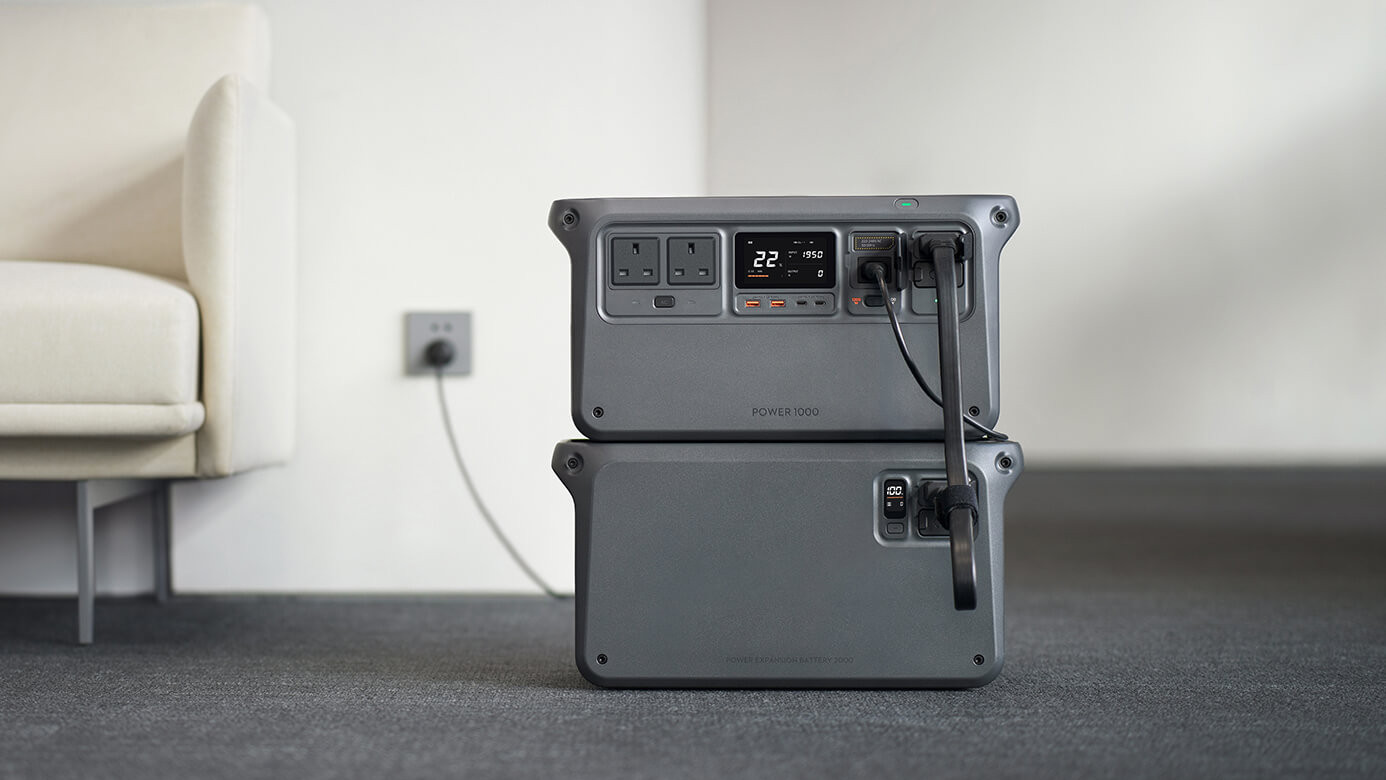
Not content with the categories it already has covered, DJI forayed into new territory in 2024 with the launch of its power stations. The Power 500 (512Wh capacity) and Power 1000 (1,024Wh capacity) are designed to recharge DJI drones when you’re out in the field away from a mains electricity supply. We can see both units being popular with anyone who shoots for extended periods.
Performance depends on the drone you’re refueling, but DJI has given some rough numbers: a Mavic 3 Series drone will take 32 minutes to go from 10 percent to 95 percent. Besides getting you back in the air again, the power supplies can also boost other kit, including smartphones and laptops.
More recently, DJI launched a powerful add-on: the Power Expansion Battery 2000 stacks on top of the Power 1000 and connects via cable to give an additional 2,048Wh of capacity. What’s more, you can chain up to five of these for a maximum capacity of 11,264Wh, making it a serious solution for heavy-duty shoots in the wild.
- Read our in-depth DJI Power Station 500 review
DJI Avinox: riding into new territory
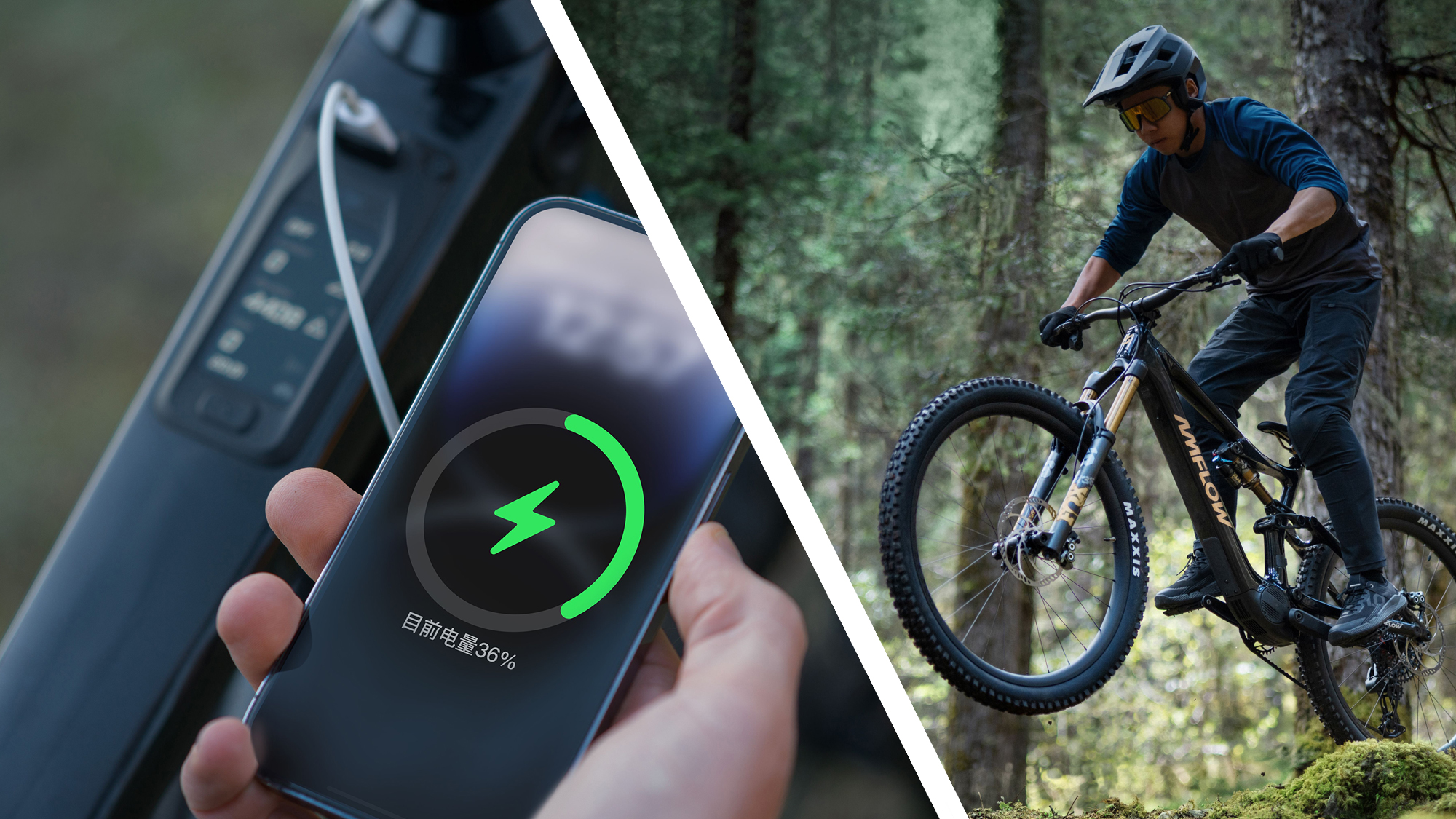
Talking of new categories, DJI made a surprising leap into e-bike technology in 2024. Taking everything it knows about battery and motor tech from its drones and gimbals, DJI has channelled its expertise into the Avinox Drive System.
Debuting on the Amflow PL, an electric mountain bike, the system can be accessed via a 2-inch OLED touchscreen on the frame. You can also hook up to the Avinox app to enable anti-theft mode, as well as change settings such as power and torque. DJI’s Smart Assist Algorithm will also automatically adjust how much assistance you get based on riding resistance.
The development is an exciting one for several reasons. It suggests that DJI tech could soon be found in some of the best e-bikes, especially as the Amflow brand is a startup “incubated by DJI”. It also indicates that the manufacturer has every intention of continuing to explore new industries and applications for its existing technology.
What to expect from DJI in 2025?
Even with the threat of a US ban looming, DJI doesn’t seem to have any intention of slowing down as we head into 2025. In fact, according to rumors it appears to be hitting the accelerator pedal instead, perhaps pre-empting a new Congress bill that could ban both DJI and Autel Robotics from selling new drones in the US.
We don’t have an official roadmap detailing exactly what the manufacturer has in store, but a number of leaks and rumors have given us a good indication of what new products we can expect next year.
DJI drones in 2025: aerial upgrades?
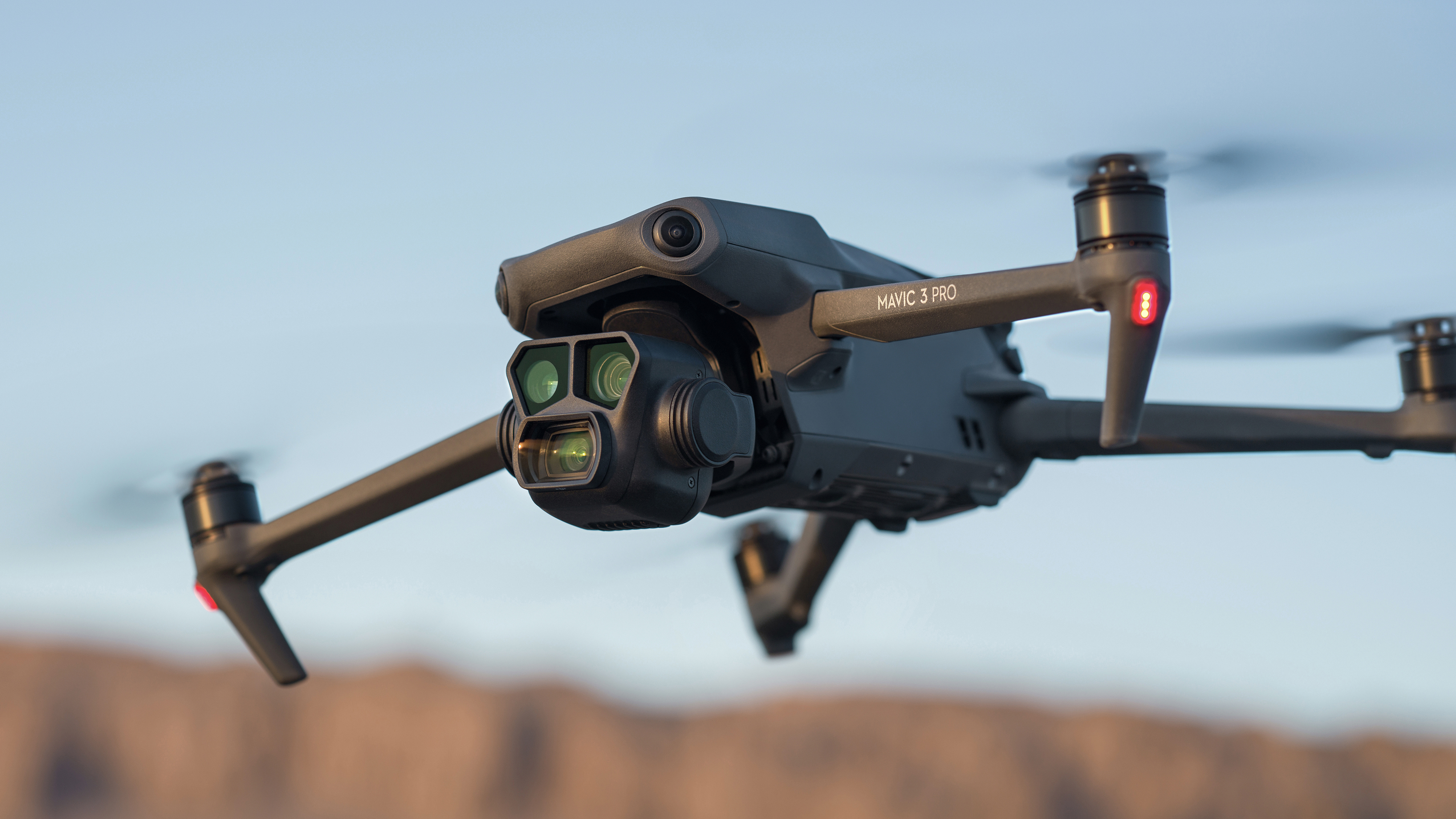
DJI Flip
Recent leaks suggest that DJI is working on a tiny, foldable drone. A reliable source has revealed a video illustrating how the Flip could down into a pocketable size. The suggestion is that it will have O4 video transmissions, propeller guards like the DJI Neo and possibly Lidar collision avoidance.
It’s not clear where exactly it would sit between the DJI Neo and the DJI Mini 4 Pro, unless DJI pitches it as an ultra-affordable, beginner-friendly model like the DJI Spark. Some commentators posit the Flip as a spiritual successor to the Mini 3. Time will tell.
DJI Mavic 4 Pro
Leaked FCC filings in the US also suggest that DJI is gearing up to replace the triple-camera Mavic 3 Pro with the Mavic 4 Pro in 2025. We haven’t seen much in the way of concrete specs, although there’s a suggestion that it will feature a larger battery unit, which could come hand-in-hand with a new design.
Imagery which appears to show a test unit of the Mavic 4 Pro hints at a redesigned camera array, although that doesn’t give us much to go on. We also don’t know when DJI might be planning to officially announce the new model. But if the rumors are true, it’s certainly clear that 2025 will be another big year for DJI.
DJI action cameras in 2025: doing a 360?
DJI Osmo 360
Although its reputation is firmly established in the action camera arena, there’s one category in which DJI has yet to tread: 360-degree cameras. That could change in 2025.
The DJI Osmo 360 has been touted by some as DJI’s effort at taking on the best 360 cameras, including the Insta360 X4. FCC filings certainly point in that direction. That’s a crowded marketplace to enter and it’s not yet clear what DJI would be bringing to the table.
But given how impressed we were by the Osmo Action 5 Pro, plus the fact that GoPro has delayed the launch of its next 360 camera, the Max 2, a 360-degree camera from DJI could well be the one to beat.
DJI handhelds in 2025: getting steadier still?
DJI RC Track
Originally expected to launch with the DJI Air 3S, the RC Track controller is rumored to be an accessory designed specifically to work with the follow-me mode on DJI drones. Smaller than standard controllers, leaked images suggest the pared-back beacon will feature basic controls and serve primarily as a way for drones like the Air 3S to track you more accurately.
It’s not the first time that we’ve seen this kind of remote – the Skydio Beacon did something similar – but it is a new avenue for DJI, and one that would offer solo pilots and videographers more flexibility.
DJI Osmo Mobile 7
Another FCC filing points towards a new version of DJI’s handheld smartphone gimbal on the near horizon. We highly rated the existing Osmo Mobile 6 in our review, with its ability to help content creators capture stable handheld footage using the best camera phones.
We don’t know much about what fresh features to expect, and we’d hazard a guess that the Osmo Mobile 7 will be a refinement rather than a major revamp of what’s gone before. It seems likely that DJI will include support for Apple DockKit, which allows you to use gimbals with the stock iOS camera app.







